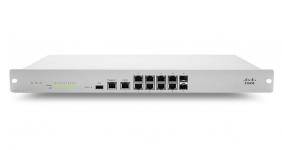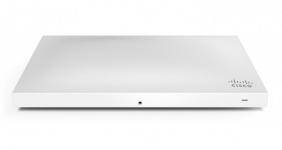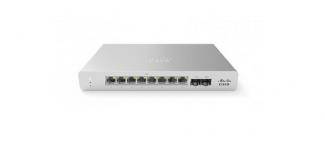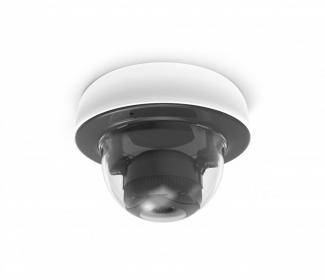In 2001, I started a job as a systems engineer at a small technology startup based in Santa Barbara, CA. It was the first time in my relatively young career that I would be expected to travel regularly, and work—when not traveling—from a small home office in Denver, CO. Little did I know that this would mark the beginning of a 19-year journey that would put me in a position to fully appreciate the differences between remote work and work from home.
As we all know, there are countless benefits to working in a centralized office environment. Over the years, me and many of my ‘work-from-home’ colleagues would regularly drop in at corporate offices to maintain relationships, tap into office culture, and engage in necessary company activities. But the recent global pandemic has vividly illustrated that working from home is not the same thing as remote work.
Yes, it’s a nuance that requires a bit of explanation. As I’ve shared, working from home is something I’ve been doing for 19 years, but it was only recently, in the last three years, that I’ve begun a transition to remote work. My transition started with the personal preference of working on Apple products, and my employer providing security for devices like personal laptops, tablets, and smartphones. It is this focus on device security from IT leaders that shows the gaps in typical work-from-home situations.

The home is assumed to be a predictable environment that is free from typical issues found in open, shared environments like airports, retail shops, and office environments. Homes often have relatively small numbers of devices attached to wired and wireless networks competing for bandwidth on a consumer-grade, best-effort connection. In fact, home Wi-Fi devices are typically designed for rapid set-up, enabling consumers to easily connect devices and stream content, like Netflix eliminating the complex configuration of device or network security to protect against cyber criminals. What might be most unique about home environments is that it’s typically assumed those devices and content are to be trusted. Evidence? When was the last time you updated your home Wi-Fi password or malware protection application? Enterprises run regular updates—sometimes daily—to security and management policies.
The traditional enterprise office is much more complex, with literally hundreds or thousands of employees, devices, and shared productivity tools (printers, IP phones, etc.) competing for airtime. But what truly makes the two environments different is the IT decision maker’s focus on security, application-level performance, and predictable connectivity.
To give you a sense of what motivates an IT planner’s thinking, consider the following in reference to small- and medium-sized businesses. According to Safety Detectives, over 60% of cyber attacks target small businesses (<1,000 employees), and when they do get attacked, 61% are out of business within six months. How’s that for motivation? Before the global pandemic, <5% of the U.S. workforce worked from home regularly. Arguably, one of the many reasons is because CIOs and IT managers believe they can administer and enforce device and network security policies easier in a traditional office environment.
Conventional wisdom says it is easier to manage one environment of 1,000 employees, their devices, security, and performance needs than it is to manage 1,000 remote work environments. But it doesn’t have to be that way. In fact, cloud IT technologies and the Meraki way of simplifying connectivity, security, device, and application performance management, makes scaling remote work possible for any number of work environments, irrespective of whether employees are in conventional offices or remote locations, even if that happens to be someone’s home.
Want to learn more about developing a permanent remote-work strategy? Learn how Meraki can help you mobilize your workforce without skipping a beat in this on-demand webinar.


 Seguridad y SD-WAN
Seguridad y SD-WAN WIFI – LAN inalámbrica
WIFI – LAN inalámbrica Switches
Switches Cámaras inteligentes
Cámaras inteligentes